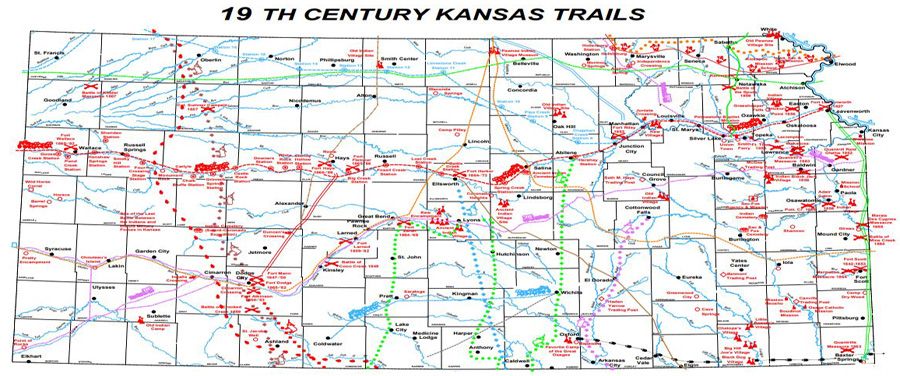
We wish our readers a safe and prosperous 2023.
In a few days, the arrival of 2023 will initiate a commemoration of the start of the Dorchester Company venture on Cape Ann. We support Gloucester recognizing the importance of 1623 to the effort. Though, there will be a continuation to next year when we consider the 1624 arrival of the Zouch Phenix which was long held to be the case. Per our interests, we see a continual need for research and regular reporting of results. Our last issue, GB XII, 2 had more information about the Cape Ann crew. We will use the next year to prepare for 2024 and the future; too, we will pay attention to and report on the activities related to honoring the 400th.

So far, we have seen commemorations by Plymouth (2020) and Weymouth (2022). Earlier, there had been several of these. Some were Quivira, Kansas (1941), St. Augustine, Florida (1965), and Jamestown, VA (2007). We will be looking at nearby states due to their early association with Massachusetts. Also, we will look more closely at the other states, such as Rhode Island, Connecticut, and Vermont. Maine was part of Massachusetts until 1820 and will be a later topic. New Hampshire will celebrate their 400th next year, too, with a focus on Portsmouth.
We have lot that we want to accomplish next year as we get ourselves prepared for the future. We will continue to have various presentations schemes such as this newsletter and the material on the web for which we are building a portal. For Gardner’s Beacon, we are publishing via the generally accessible mode first with the print version appearing after that. Besides the portal, we will maintain the legacy site as a repository for reports.
Frontiers
While researching The Massachusetts Magazine (TMM) as published by Dr. Frank and friend, we saw an article in all of the issues which named pioneering families of Michigan. The author was C. A. Flagg of the Library of Congress. This year, we took a closer look at the area which was considered the Far West but was not. That brought up the post Revolution involvement of Ipswich, MA (of Essex County) in settling Ohio which is between New York and Michigan. The era was post the Revolution, and Gen. Rufus Putnam led a group of veterans out west with the mission of settling in the area. Prior to the journey, there had been discussions with Congress regarding legal support. We find the details of the effort to be such that we can compare them with later excursions further west in order to get a better understanding of the people and their endeavors.
The group founded Marietta in Ohio having left Ipswich, MA in December 1787 and arriving at their expected site in April 1788. Details of time and effort came from reports and a diary. A decade later, there were similar efforts going further west. We can look at detailed records by travelers on the trails that came out of St. Louis.
In that regard, we continue our research of the middle of the U.S. as it filled in over time. Early treks were on horseback or by foot. Except, there were rivers that could be an aide, though mostly these were barriers. Before the Civil War, enterprising Americans had established regular routes from the east coast to the west coast, via St. Louis.

The travel was arduous. Even Mark Twain, in 1861, took a northern route out to Carson City, CA. We will continue to look at the Trails and Track theme. The Civil War impede traffic in the south. After that, it took several decades to get the railroad, and its Rails of steel, established.
The above graphic shows Kansas which was a pass-through point; its trails included those established by the American Indians. With respect to our research in these aspects of U.S. history, we have an interest in families and their involvement, through what we call the long reach of New England. Mentioning the technology that we use which are several, we would like to mention the important of Family Search in our work. It has been of tremendous help over the past decade. Another tool of choice is WikiTree (see Thomas Gardner’s profile) where some serious genealogists hang out.
One of our methods is to look for New England associations with events that we read about. Last month, there was a review of a book about the American author who wrote The Frugal Housewife whose author was Lydia Maria Child. Her maiden (family) name was “Francis’ and had been in several areas of New England. More research needs to be done; but, the work met our purpose which was to show an association to either Cape Ann, Essex County, Massachusetts or New England. Everywhere we look in the west, we find these associations as we saw with the Bent family.
The Peirce family
Taking this further, we also look for descendants of Thomas and Margaret (Fryer) Gardner. Earlier on, we noted that we will study collateral families, too, which can be genetically related or of a social tie, such as in-law or even friend of the family.
Earlier, we saw that Benjamin Peirce was noted as a descendant of a granddaughter of Thomas and Margaret. That was back in the 2013 timeframe. We left the reference as pending further study. Then, we ran, again, into his son, Charles Sanders Peirce, while researching advanced technology. It was great to see that CSP has not been forgotten in the modern world having more than one organization in his honor plus reports on research.
| Benjamin Peirce (ca 1809): He was born in Salem and has a heavy Essex County pedigree. Ben graduated from Harvard in 1829. Many of those who did went to Europe for further study; Ben could not afford such a luxury. He taught mathematics for two years and went back to Harvard as a tutor. At 22 years of age, he was head of the math department. By this time, the U.S. still did not have any international influence in the field. Josiah Quincy urged Ben to write textbooks which brought him some recognition. Of course, there were other events, such as the changes brought with the endowment provided by Count Rumford. Ben’s advisor was Nathaniel Bowditch. Ben has a profile at the Mathematical Genealogy Project. According to their calculations, his two students account for 6,335 descendants. Two of his many descendants were Herbert Simon and Allen Newell, early artificial intelligence researchers. Charles, son of Benjamin, left his heritage through his mathematical work. We’ll have more on this. |
We have not checked yet, but the research quoted a paper published in the TAG (1989 – a while ago) which argued that the mother, at the generation where the granddaughter of Thomas was, was of another family. See the WikiTree G2G for a start on the analysis. Okay, there are still other family and in-law ties, as well as cultural, so Ben and Charles are cuz related.
It turns out that Charles’ work is apropos to modern problems in ways not seen, yet. Or, there may have been some dabblings, but we need to get serious. In any case, we have other interests as technology is our focus, going forward, for several reasons. This has been discussed a time or two, but we were doing catchup with the genealogy work while doing homework. For instance, Kant’s work is very much relevant, as well. Turns out that one Kant translator, Paul Carus, came over to the U.S. and knew Charles.
U.S. contributions
We mention, a lot, that we start with Cape Ann (Thomas and Margaret), then Essex County, then Massachusetts, and New England. We of late have added the mid-Atlantic states since lots of the western activity involved people from PA, MD, NY and NJ.
In an issue of TMM, F.B. Sanborn wrote of his friend, Hector St. John. He is the namesake of the little town in northern VT. But, he was here, having fled France, as a young man, during the U. S. Revolution. Sort of caught in the middle, as some thought him to be a Loyalist while the British took him (literally) as a Patriot (made him a POW). After the war, he got his inheritance and returned to farm in New York. There are stories that we can get from his life.
Shipbuilding was a regular business here. Essex County had two places where boat building boomed. Essex, part of Ipswich, made smaller watercraft. On the other hand, Newbury, with deeper access to water, built larger vessels. Actually, about every place in Essex County has something for us to look at, Salem being without parallel.
Back to technology, one wonders what one might do with regard to Meta (follow on of Facebook). The post on the Wartime Quartet looks at four female students (one of whom was of the U.S.) who were left to study Philosophy at Oxford during WWII (men were absent through their military service). Their work pertains to issues of technology from a perspective not yet put to the test. Hence, the notions appeal. We will be discussing this further.
—————————————————–
Source: Gardner’s Beacon, Vol XII, No 3
Sponsor: Thomas Gardner Society, Inc.